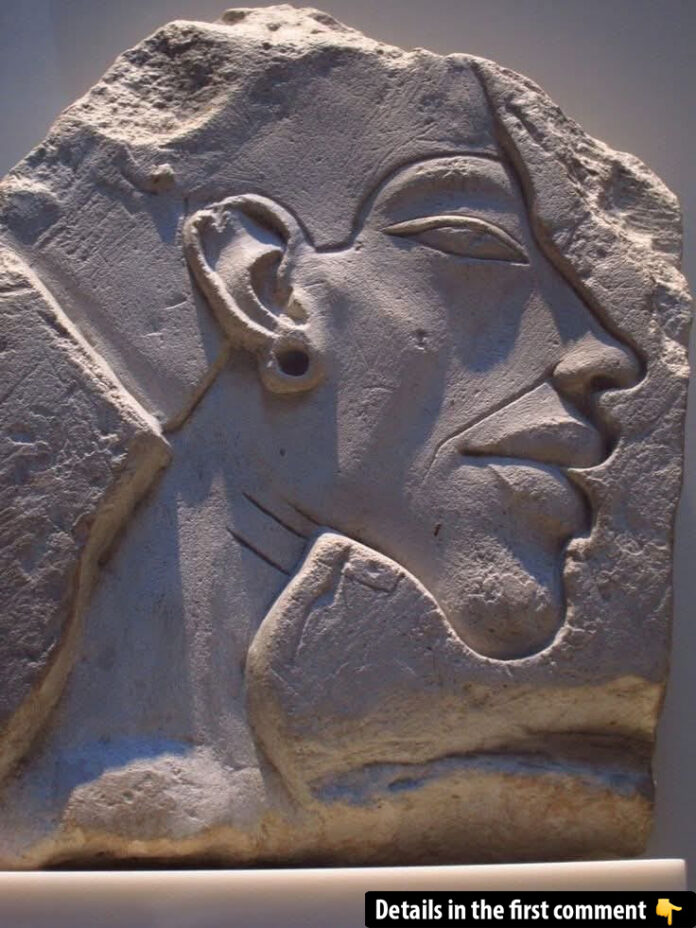When one thinks of ancient Egypt, images of grand pyramids, mighty pharaohs, and a pantheon of gods come to mind. Yet, among the long line of Egypt’s rulers, Akhenaten stands out as a figure of radical change, controversy, and mystery. Known as the “Heretic Pharaoh,” Akhenaten’s reign marked a dramatic departure from centuries of tradition, reshaping religion, art, and politics. His legacy, buried and nearly erased by his successors, remains a source of fascination for historians and archaeologists alike. Let’s delve into the secrets of Akhenaten and explore how his unprecedented rule continues to captivate the world.
A Pharaoh by Chance
Akhenaten’s path to the throne was far from certain. Born as Amenhotep IV, he never intended to rule Egypt. His elder brother, Thutmose, the crown prince, had been groomed for the role. However, Thutmose’s sudden death left Amenhotep as the unexpected heir. With little preparation or public presence during his father Amenhotep III’s reign, Akhenaten’s ascension marked the beginning of a period of upheaval.
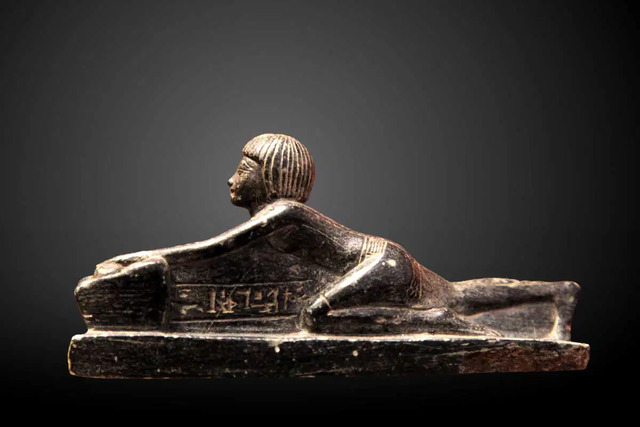
This unexpected shift in power would lead to one of the most radical and contentious reigns in Egyptian history. Akhenaten, it seems, was destined to challenge the status quo in ways that no one could have anticipated.
Video
Delve into the life of Akhenaten, the pharaoh obsessed with change – watch the Extra History video to explore the dramatic reign and unique legacy of this controversial ruler!
The Religious Revolution
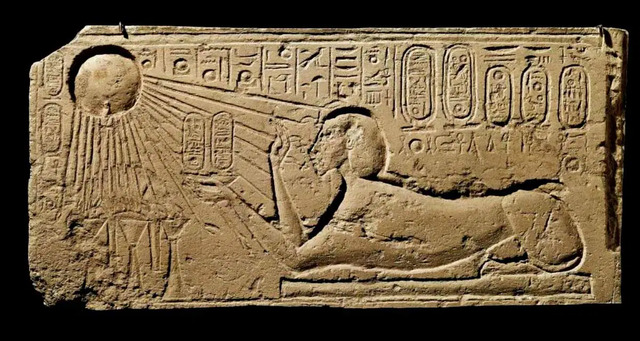
Akhenaten’s most famous act was his dramatic religious transformation. Rejecting Egypt’s traditional polytheistic beliefs, he elevated the worship of Aten, the solar disk, as the sole deity. This marked the first recorded instance of monotheism in history.
He changed his name from Amenhotep IV to Akhenaten, meaning “Effective for Aten,” to reflect his devotion. Temples dedicated to Aten sprang up across Egypt, replacing those honoring the once-dominant god Amun. To cement this new faith, Akhenaten moved the capital from Thebes to a newly built city, Akhetaten (modern-day Amarna), a shining center of his religious revolution.
However, this shift alienated the powerful priesthood and disrupted centuries of tradition. Akhenaten’s focus on Aten worship came at the expense of Egypt’s political and economic stability, sowing seeds of dissent among the populace.
Opposition and Isolation
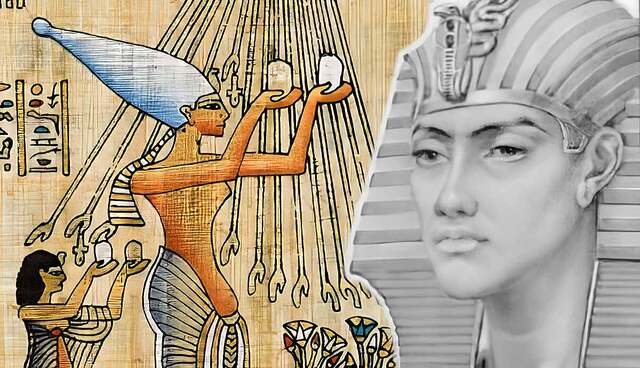
Akhenaten’s reforms were met with resistance from various corners of society. Inscriptions from his reign hint at conspiracies and dissatisfaction, with phrases describing things “worse than those any king had heard.” This unrest likely played a role in his decision to relocate to Akhetaten, creating a city that was both a religious sanctuary and a retreat from his critics.
Even beyond Egypt’s borders, Akhenaten faced challenges. Tribes in Nubia rebelled, and Egyptian vassals in Canaan and Syria defected to rising powers like the Hittite Empire. Akhenaten’s preoccupation with religious matters left Egypt vulnerable on multiple fronts, further eroding his support.
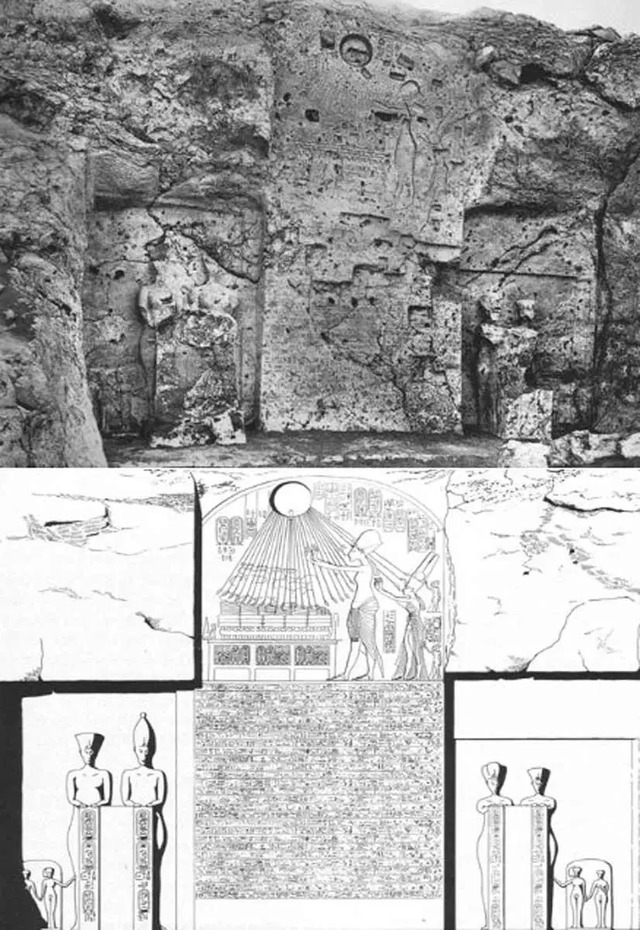
Akhenaten’s Unique Appearance
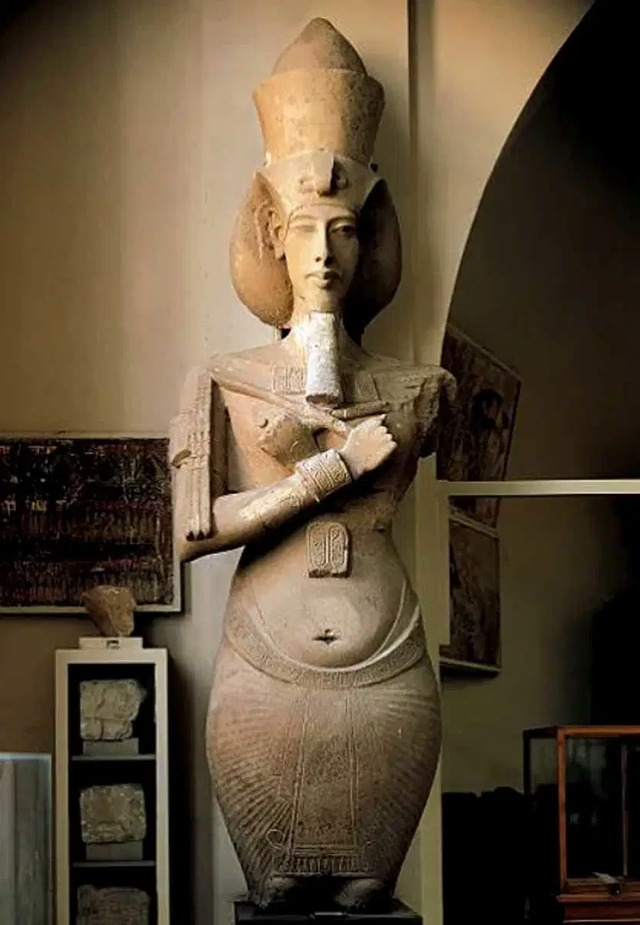
One of the most striking aspects of Akhenaten’s legacy is his distinctive portrayal in art. Unlike the idealized depictions of previous pharaohs, Akhenaten was shown with exaggerated features—an elongated face, wide hips, and a protruding belly. Scholars have debated whether these images reflect his actual appearance or were symbolic of his divine connection to Aten.
Medical theories, such as Marfan Syndrome or hormonal disorders, have been proposed to explain his unusual physique. Alternatively, some suggest that the androgynous depictions symbolize fertility and the merging of masculine and feminine qualities, aligning Akhenaten with the life-giving power of the sun.
Family Dynamics and Royal Incest
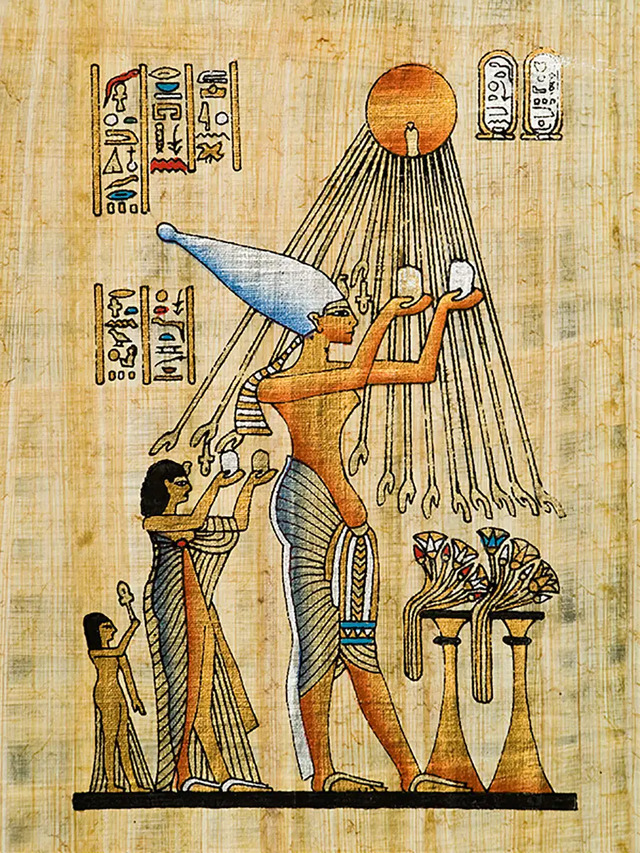
Akhenaten’s family life was as unconventional as his reign. He was married to the iconic Queen Nefertiti, who played a significant role in promoting Atenism. However, DNA evidence suggests that Akhenaten also fathered children with one of his sisters, a practice not uncommon among Egyptian royalty to preserve the divine bloodline.
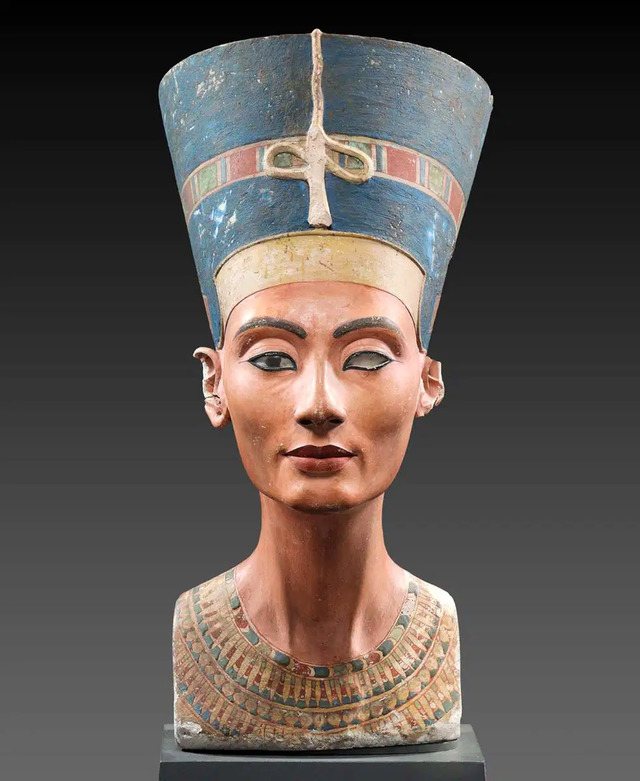
This incestuous union likely resulted in health issues for their offspring, including Tutankhamun, Akhenaten’s presumed son and successor. Further controversy surrounds Akhenaten’s possible relationships with his daughters, with inscriptions hinting at a deeply complex and troubled family dynamic.
Life in Amarna
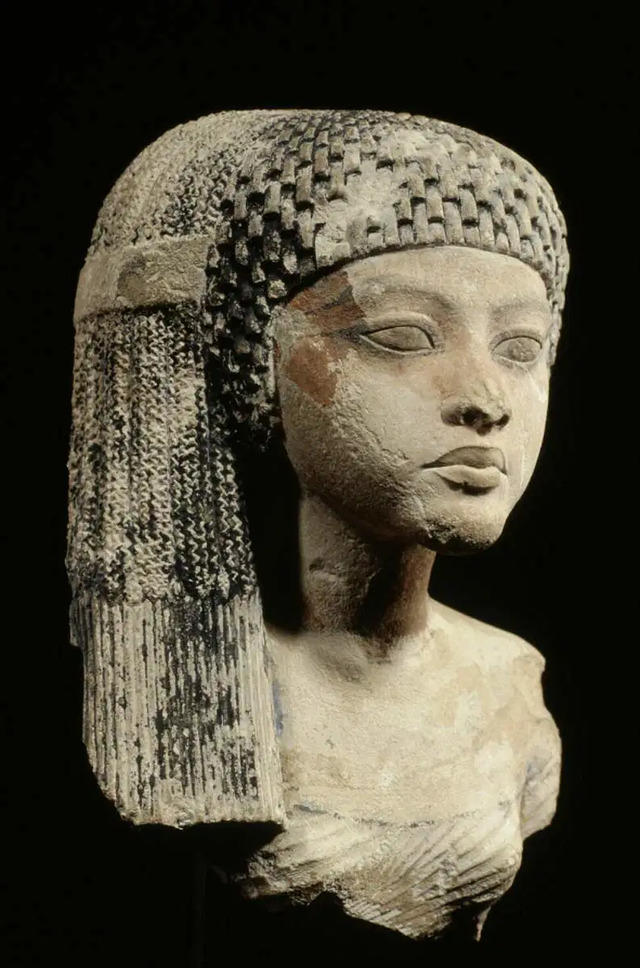
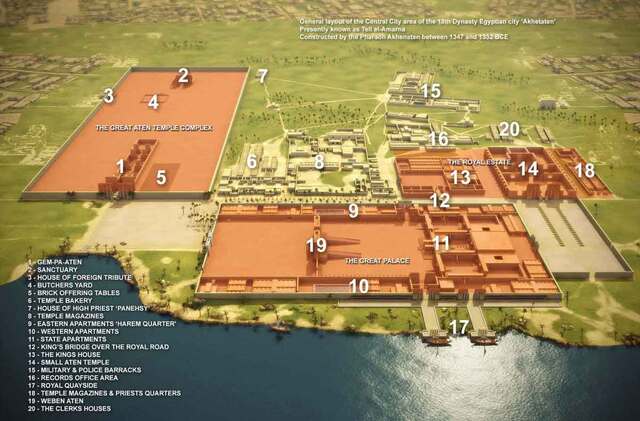
While Akhenaten’s new capital, Akhetaten, was envisioned as a utopia, the reality was far bleaker for its residents. Archaeological evidence reveals that the laborers who built the city endured grueling conditions, malnutrition, and physical strain. The skeletal remains of these workers tell a story of hardship and suffering, far removed from the idyllic imagery depicted in Amarna art.
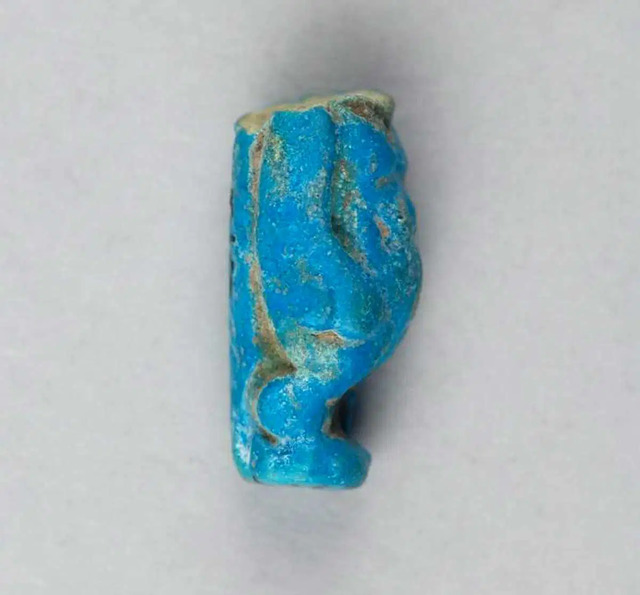
Despite Akhenaten’s push for Aten worship, traces of traditional Egyptian gods have been found among the possessions of Amarna’s residents. This suggests that many clung to their old beliefs in secret, seeking comfort in deities like Bes and Taweret amidst the turmoil of their daily lives.
Akhenaten and Monotheism’s Legacy
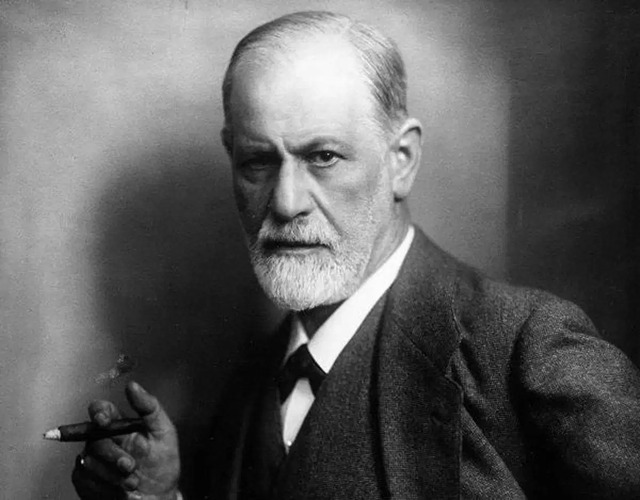
Akhenaten’s radical monotheism has drawn comparisons to later religious movements, particularly Judaism. Some scholars, including Sigmund Freud, have speculated that Moses and Akhenaten were connected, with Atenism influencing the development of Abrahamic faiths. The similarities between the Great Hymn to Aten and Biblical texts like Psalm 104 add weight to this theory, though definitive evidence remains elusive.
Whether or not Akhenaten’s revolution directly shaped later religions, his experiment with monotheism remains a fascinating chapter in the history of spiritual thought.
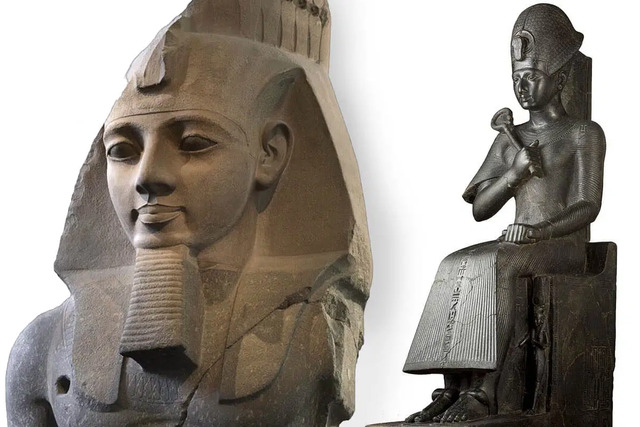
Video
Explore Akhenaten’s religion of light and the first monotheistic belief system – watch the video to understand how this revolutionary Pharaoh changed the course of Egyptian history!
Erasure and Rediscovery
After Akhenaten’s death, his successors, including Tutankhamun, worked swiftly to restore Egypt’s traditional gods and erase all traces of Atenism. Amarna was abandoned, and Akhenaten’s name was struck from official records. His temples were dismantled, and his image was defaced in an effort to condemn his memory.
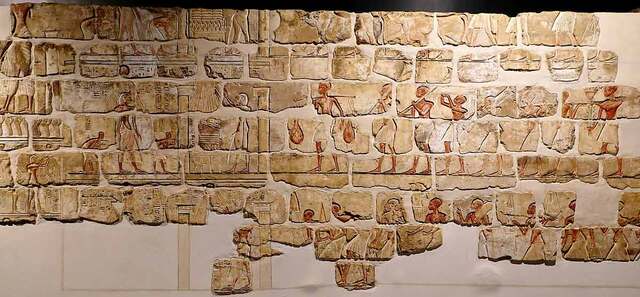
Yet, Akhenaten’s story did not remain buried forever. Modern archaeological discoveries have pieced together his life and reign, transforming him from a forgotten heretic into one of Egypt’s most intriguing historical figures. The very attempt to erase him has only heightened his mystique, ensuring that his secrets endure as a source of endless fascination.
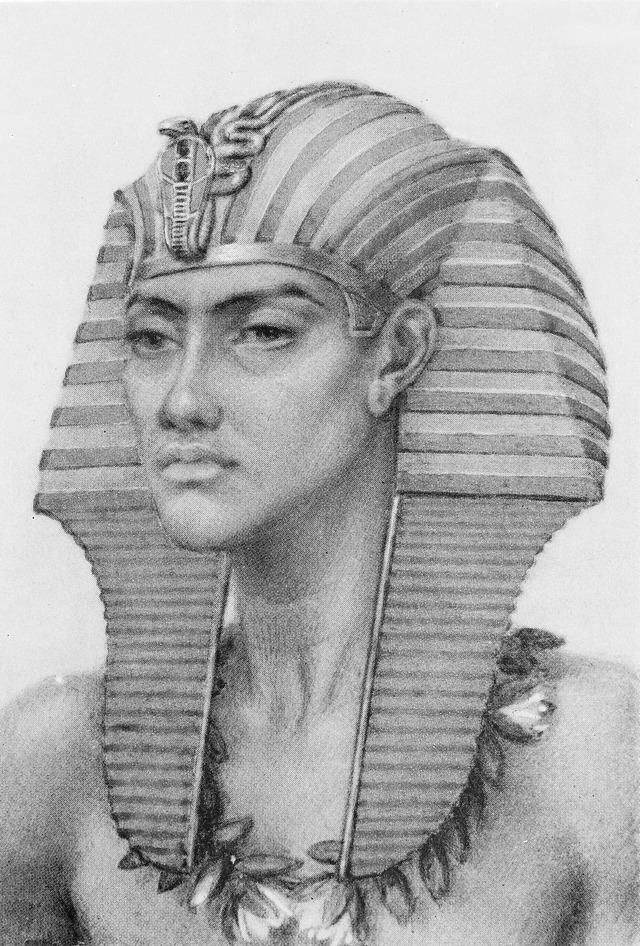
Conclusion
Akhenaten’s reign was a daring experiment that defied tradition, reshaped Egypt, and left an indelible mark on history. His radical vision, personal mysteries, and tumultuous legacy continue to captivate scholars and enthusiasts alike. As one of the most enigmatic figures of the ancient world, Akhenaten challenges us to reconsider what we know about power, faith, and the human desire for transformation. Despite the efforts to erase him, Akhenaten remains an enduring symbol of innovation, controversy, and the quest for meaning in a complex and ever-changing world.
